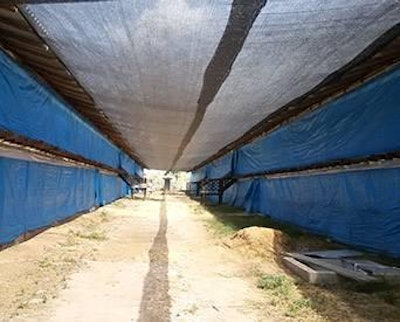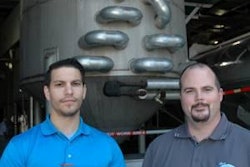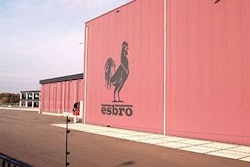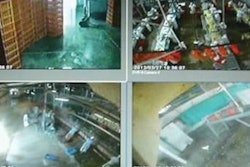
Paying attention to the small details in poultry processing can make a difference to the bottom line, and regularly reviewing these small processes can help to ensure that processing operations remain as efficient and profitable as possible.
While there are various stages along the processing chain where particular attention needs to be paid, it may be worth focusing in particular on a couple of areas that are reasonably easy to improve yet could bring quick benefits, both at the farm and when broilers arrive at the processing plant, and either result in better-quality birds or keep costs down.
On-farm measures
Today’s modern broiler houses may well be marvels of modern engineering, designed and built to facilitate the maximum performance and welfare of broilers, yet climate change means that staff and equipment have to work ever harder as temperatures rise more frequently above 35C.
Can the negative impact of climate change be easily mitigated?
Air conditioning specialists point out that the best way to lower temperatures within the poultry house is to keep the areas where air enters the house as cool as possible.
To help bring this about, a number of farmers have adopted a very simple approach that, nevertheless, is highly effective, and consists simply of hanging a specially produced mesh between poultry houses. This reduces the effects of sunlight between each house, and can lower the air temperature around poultry houses by 2-4C.
Given that the air between houses is then cooler, all the equipment used to cool the houses, including panels, fans and extractors, does not have work so hard, and so should give better results. This will have the additional benefit of lower electricity costs, and lower maintenance requirements.
Harvesting birds for processing
The first part of this operation is the unloading of the cages or metal containers that will be used to hold birds during transport to the slaughter plant, and the delivery of these cages into the poultry house.
However, this simple process can lead to a significant amount of downtime. Companies that handle large volumes of birds for processing or sale may need to increase the number of trucks and deliveries to ensure that there is sufficient inventory in the processing plant to prevent the processing operations coming to a standstill.
Additionally, it is worth remembering that up to six people may be needed on the truck to unload the stacks of cages when a manual or motorized ramp is used.
However, the collection of birds does not have to be performed in this way. In Brazil, for example, trucks have impressive and efficient equipment to load and unload filled and empty cages at the processing plant on a massive scale. This automatic unloading can take less than five minutes to deliver cages from the truck into the processing plant.
Could not this approach be replicated on-farm?
Equipment would need to be installed on the farm along the lines of that used in these Brazilian processing plants, which could move all the cages toward the loading ramp. This piece of equipment would need to be mobile, so that it could be moved to each of the broiler houses within the poultry farm. It could be operated by one worker with a control panel.
Unloading containers at the plant
Traditionally, the loading and unloading of cages has been carried out using a gasoline or diesel-powered forklift truck. The problem with forklift trucks is that they can make a lot of noise, and this stresses the birds in the house and puts them on “high alert.” This makes them difficult to catch, and not only delays the catching process, but can also result in damage and injury to the birds.
To reduce this noise, pollution and the delays that may occur, an alternative option to forklift trucks that may be worth considering would be along the lines of a tow truck with a small crane mechanism. This could unload empty cages and load full ones while making much less noise than a forklift truck.
At the poultry processing plant
When unloading cages or containers full of birds at the processing plant, similar problems may arise to those experienced on-farm, that is to say, forklift trucks result in higher noise levels, and this raises birds’ stress levels.
There is a physical cost to this stress, with a greater accumulation of blood in the birds’ thighs and wings. If bleeding time should be short, this blood may not be properly drained, and these parts of the carcass may have a reddened appearance.
Loading and unloading at the processing plant could also be carried out with a tow truck. The movement of containers or cages from the reception area to the hanging area could still be done with forklift trucks, but the stress experienced by birds would be reduced. This approach would also have the additional benefits of cutting pollution, and reduced expenditure though only having to invest in one forklift truck.

















